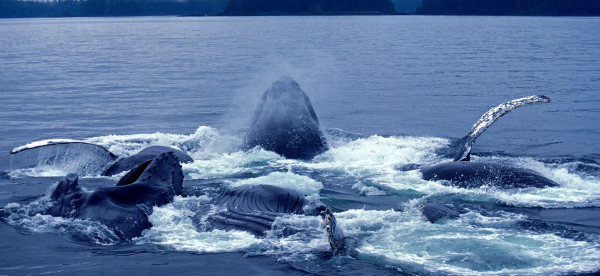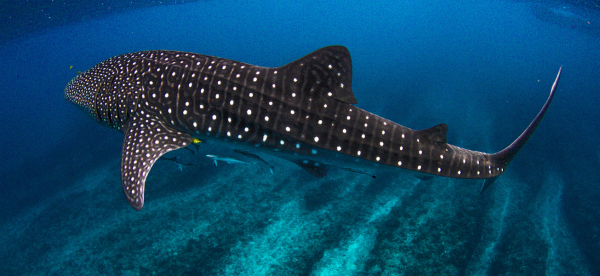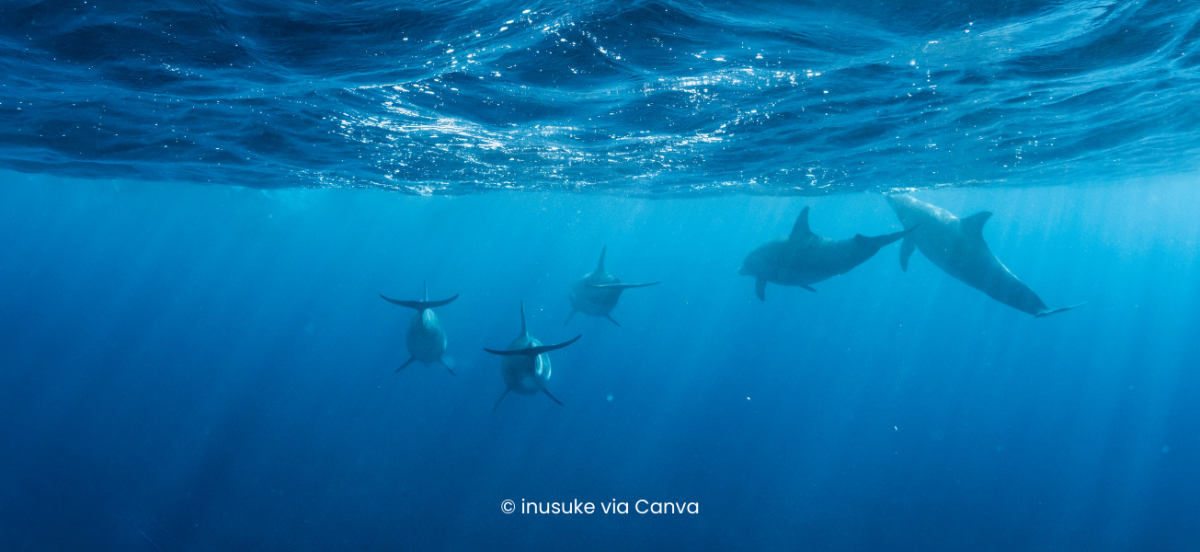Ancient Dolphin Sheds Light on Freshwater Evolution
Recent marine animal research has identified a new dolphin species called Pebanista yacuruna, which lived about 16.5 million years ago in what is now Peru. This species is the closest known relative to the South Asian river dolphin. Fossils show that Pebanista was around 3 metres long and had features that helped them thrive in freshwater.
This finding is important because it shows that dolphins adapted to live in freshwater not just in South Asia but also in South America, before the modern Amazon River dolphin appeared. The discovery of Pebanista highlights how rich and diverse the ecosystem was in that region millions of years ago and helps us learn more about how freshwater dolphins evolved over time.

Image: jose ahane via Canva
Humpback Whales Use Bubble Nets
Humpback whales are among the few animal species that not only use tools but also create and modify them for foraging. A recent animal study investigated how these whales in Southeast Alaska create bubble nets while feeding on krill. Researchers used advanced tagging and aerial technology to analyse these nets, discovering that they consist of rings formed by bubbles, which the whales can control in terms of size, depth, and spacing.
The study found that by manipulating these factors, humpback whales can significantly increase their prey intake—up to seven times more per feeding lunge—without using extra energy. This research provides valuable insights into the foraging strategies of solitary humpback whales and highlights their remarkable ability to enhance their hunting efficiency through tool-making.

Image: slowmotiongli via Canva
Rio Lady: A 40,000 km Journey Through the Gulf of Mexico
Researchers have tracked Rio Lady, a mature female whale shark, using satellite telemetry for over 1,600 days, covering more than 40,000 km and generating over 1,400 location points. The researchers aimed to characterise her movements in the Gulf of Mexico (GOM) and predict her behaviour based on environmental factors.
The findings revealed consistent movement patterns across three regions in the GOM, with machine learning models providing seasonal predictions of habitat use. This marine animal research highlights the effectiveness of using long-term telemetry data to identify and forecast movement patterns in marine animals, contributing to our understanding of their ecology and behaviour, even with limited datasets.

Image: indianoceanimagery via Canva
Keep informed on the risks faced by dolphins and small whales, and the global efforts to protect them.Subscribe to our newsroom
